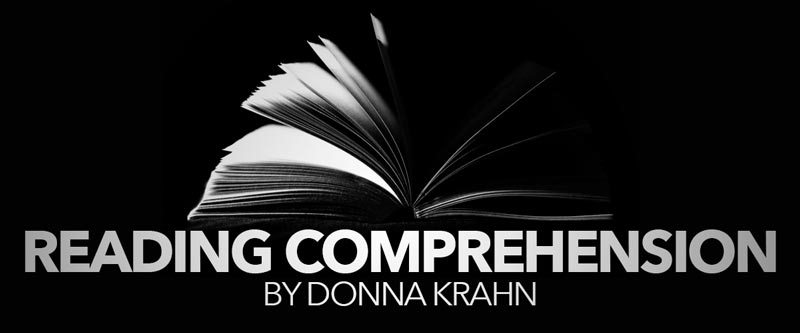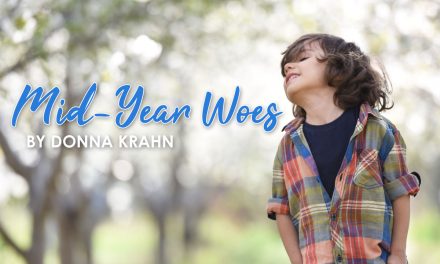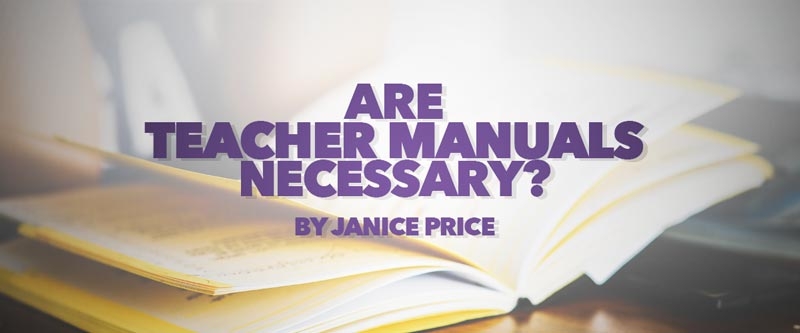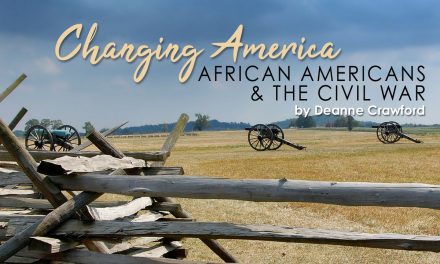You often hear parents share their child’s reading level, but what about their reading comprehension level? This is something a bit different. Reading is the skill of reading printed matter, while reading comprehension is the ability to read text, process it and understand its meaning.
Let’s talk specifically about reading comprehension. When I was in junior high (many years ago), we would go straight to the SRA reading box upon entering the classroom. Some of you may remember this product – it was a box of leveled reading cards. On each card was a short passage followed by questions. This daily exercise was to improve our comprehension accuracy – based on scores, students would progress to higher levels. We talk to parents daily about children who have difficulty with reading comprehension. Often they tell us that the child doesn’t read fluently and still has difficulty decoding words within the story. These are things that interrupt the flow of thoughts that help the student interpret the written text. On the flip side, we have parents tell us that their student reads well, but can’t tell them about the text when completed, or they are unable to answer questions about the text. There are many factors that affect comprehension and you as a parent can help students in some of those areas.
There are different types of reading comprehension questions – what I like to refer to as fact-based and higher order thinking questions. The fact-based questions are: who, what, when, and where of the text. The higher-order thinking questions make a student think about why something happened, how it happened, and ‘what if’. These are questions that cause a student to think deeper than the facts and do some inferring and logical reasoning using clues from the reading.
Reading comprehension questions are included in most reading programs and are answered following the reading. I subscribe to a method where students read through the questions before reading the text. This allows students a preview so that they know what to look for in the reading. We read differently for different types of questions, so knowing what to look for while reading can be very helpful. Different types of questions might be asked such as sequencing (put the events in order), matching, fill-in-the-blank, true/false, short answer, multiple choice, or complete sentence answers. Obviously, you will read for more detail if needing to write a few sentences to answer a question, as opposed to a multiple choice type of question.
Christian Light Reading, Elson Readers, and Pathway Reading are just a few of the programs that are available and include the text and comprehension questions, If you want programs that encourage the student to read whole books, you might consider literature guides such as Memoria Press, Progeny Press or Total Language Plus and many more. If you want the student to read the classics but they read below grade level, you could look at the EDCON Classic Worktexts. These are abridged versions of some of the classics that are written at grades one through five levels.
If you have a student who struggles with reading comprehension, there are products that focus specifically on the comprehension aspect. You can find a multitude of these reading comprehension products all over the internet. A couple of favorites on my list are the Jane Ervin: Reading Comprehension in Varied Subject Matter and Spectrum Reading. Both of these provide a grade level appropriate reading passage and then a variety of question-types, which allows the student to think in different ways.
I have addressed only some of the issues tied to reading comprehension. There are processing disorders, dyslexia, and other reading issues that can interfere with comprehension – those may be issues that need a diagnosis for further remediation.
Reading comprehension doesn’t have to be enhanced completely with a formal curriculum. Reading to and with your children contributes to reading literacy in both areas of skill and comprehension. Read aloud together and discuss different aspects of the story. If you are discussing with different ages, you will receive different perspectives on the book – things you may have not thought about. As Dr. Seuss remind us,“The more you read, the more things you will know. The more that you learn, the more places you’ll go.”





